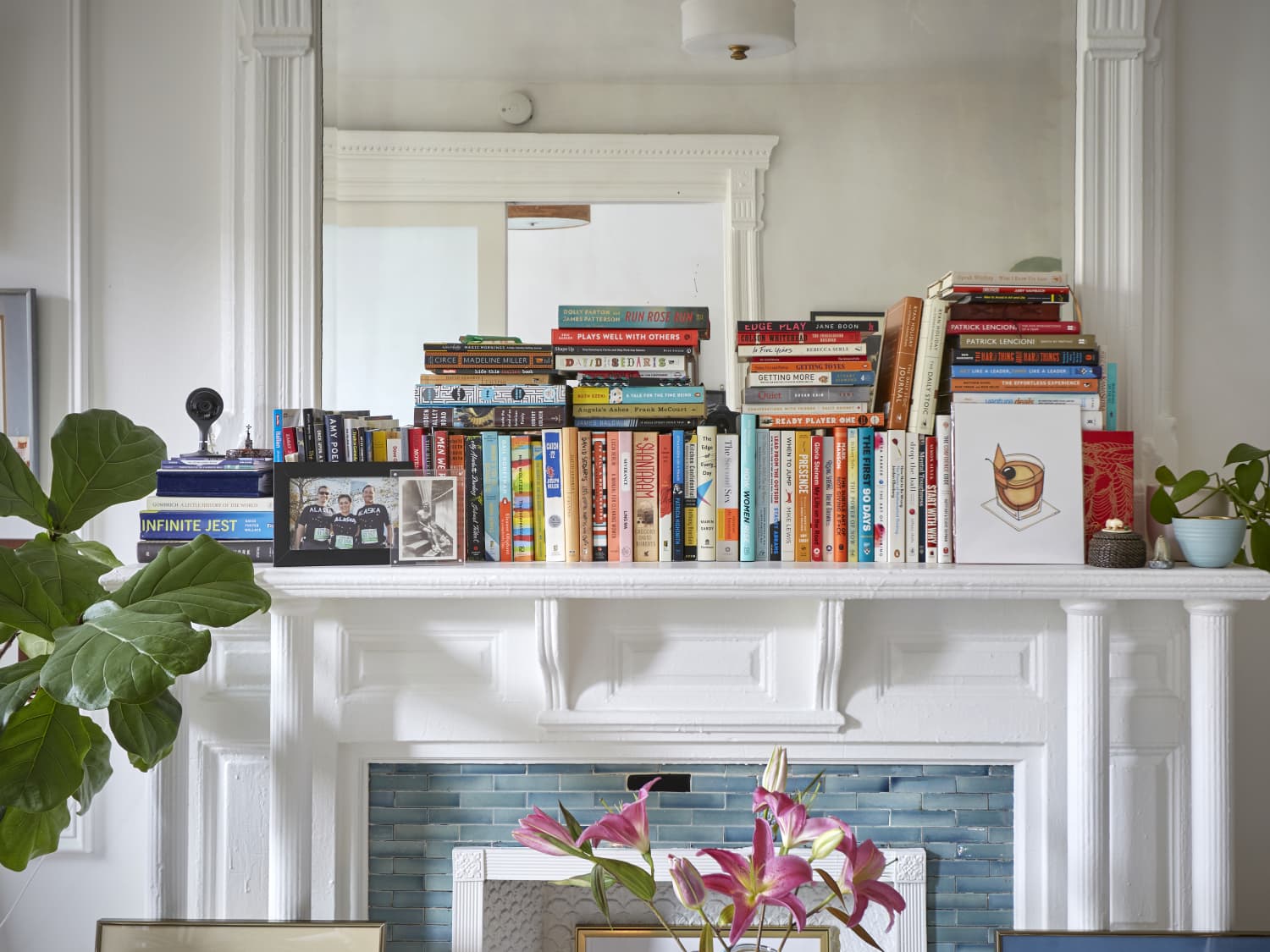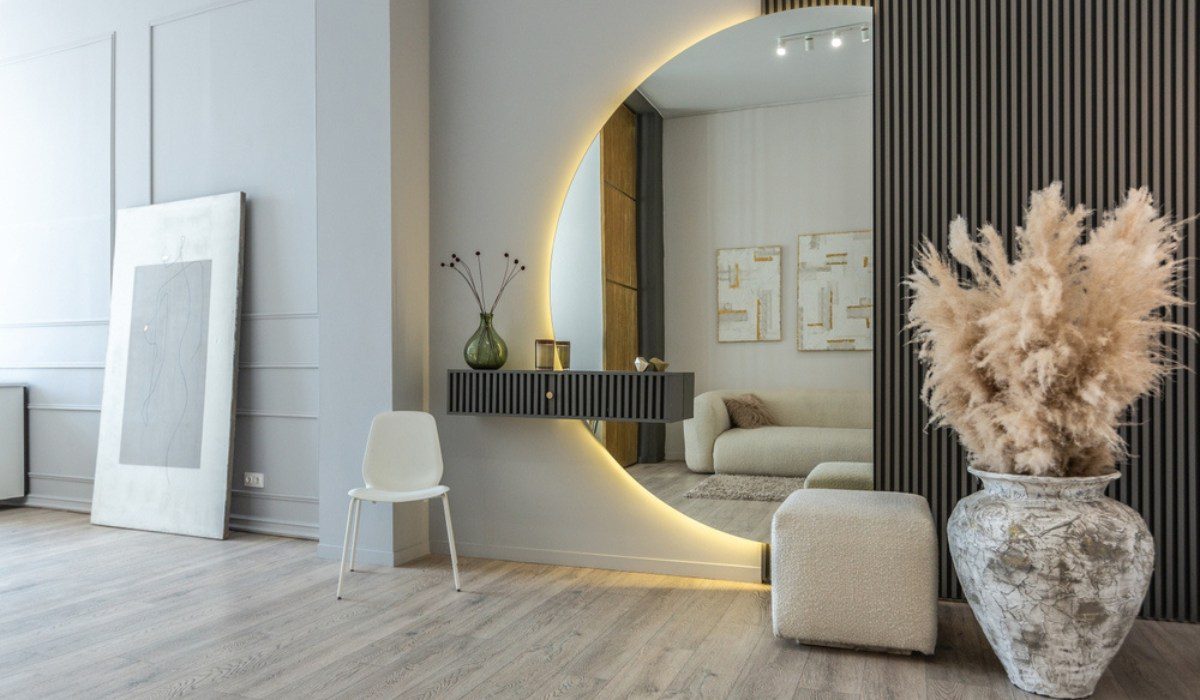I never thought a row of wooden shelves could hold such power over my mood, but the day I decided to rearrange my bookshelf, I realized how much a small shift in my environment could feel like an emotional reset. It started on a rainy afternoon, when the gray drizzle outside made the apartment feel heavier than usual. I absentmindedly reached for a book from the middle shelf and felt its familiar weight, its worn spine offering a tiny spark of comfort. And then it hit me: my bookshelf hadn’t been touched in months. Books were stacked sideways, others leaning precariously like they were about to tumble into some chaotic pile. My brain, cluttered with deadlines and endless to-do lists, felt the same way.
I began with a single shelf, removing each book and holding it for a moment longer than necessary. There’s a strange intimacy in this ritual, like shaking hands with old friends who have silently watched your life unfold. Pulling The Night Circus from its home, I remembered the night I stayed up until three a.m., pages glued to my fingers, the scent of rain mingling with the ink. Moving Walden reminded me of the spring when I took long walks through empty streets, notebook in hand, tracing the city’s quiet rhythms. Each book became a little time capsule, and arranging them wasn’t just about order; it was about reconnecting with fragments of myself.
I tried different approaches. Alphabetical by author felt too rigid, like imposing rules on memories that deserved freedom. Color-coded looked stunning, the spines forming a gradient from muted beige to fiery red, but it felt superficial, a glossy surface without depth. Then I realized I didn’t want a system at all. I wanted something intuitive, like a map of my moods, a landscape of moments. I placed the books I reached for most often at eye level, those I hadn’t opened in years higher up, and a few, the ones that smelled of dust and nostalgia, stacked horizontally as if napping. Even the tiny gaps between the volumes felt intentional, breathing space, an acknowledgment that life doesn’t fit perfectly into lines.
As I shifted each book, I noticed the way my apartment felt lighter. The shelves, once a static backdrop, now seemed like living entities, each row telling a story. It was meditative, almost like a gentle yoga session for my mind. I found myself touching the spines, feeling textures, and letting memories rise like steam from a kettle. The act of arranging became a conversation with myself, a dialogue without words, where every decision revealed what mattered to me in that moment.
One particularly heavy hardcover caught my attention: a travel memoir I had bought on a whim years ago but never read. Holding it, I remembered the impulse purchase, the excitement of imagined adventures that never quite happened. I realized that rearranging the shelf wasn’t just a chore; it was a way to reconcile with my past choices, a soft exhalation of regrets and joys alike. Moving the book to a place where it could be seen easily was my way of telling myself that it was okay to acknowledge dreams that hadn’t come to fruition.
Some books felt like anchors, steady and grounding. Others were more like playful companions, inviting spontaneous interaction. I found that I was laughing softly at the randomness of my collection—a cookbook squished between two novels, a journal tucked behind a stack of poetry. There was a certain liberation in breaking the expected order, in letting whimsy dictate placement. It reminded me that life, like a bookshelf, does not always obey logic, and sometimes that’s where the beauty lies.
By the time I reached the topmost shelf, my hands were sore and my mind buzzing, but there was a profound sense of satisfaction. Each row had been examined, appreciated, and set into a pattern that reflected not rules but feelings. The room, which had felt weighed down by gray light and lingering stress, now held an invisible hum of contentment. I sank into the nearest armchair and looked around. The shelf was no longer just a storage space; it had become a mirror of my inner world, chaotic yet tenderly curated.
Interestingly, the physical act of moving books shifted my thoughts about unrelated areas of life. I realized I had been avoiding decisions, letting habits and clutter dictate my days. If I could give this much attention and care to a shelf, why not to my routines, my relationships, my own mental space? The lesson was subtle, quiet, but unmistakable: mindfulness could be woven into the simplest tasks, and the smallest gestures—like adjusting a stack of books—could ripple outward, transforming perspective.
Later, I noticed how often I returned to the shelf, almost subconsciously. Each glance was a reassurance, a private moment of calm. When I pulled a book to read, it felt like reaching into a well-organized garden of memories. I thought about the tactile comfort of these objects, the way a familiar title can evoke entire seasons, and how much control we can regain through small acts of intentionality. The shelf, once neglected, had become a sanctuary.
By evening, the room was quiet, the rain having faded to a soft drizzle. I poured a cup of tea and settled by the window, watching the world outside blur in gentle motion. My bookshelf, now orderly in its unique, personal way, radiated a sense of calm. It was astonishing how rearranging a few wooden shelves could feel as restorative as a long walk in the park or a slow morning with a notebook and coffee. The act itself was therapeutic, but more than that, it was a reminder that attention, care, and mindfulness could transform any ordinary corner of life into something meaningful.
I realized that my bookshelf was more than a home for books—it was a living chronicle of my tastes, experiences, and quirks. Its arrangement was less about neatness and more about dialogue with myself, a way to pause, breathe, and reflect. That afternoon, I understood something profound: therapy doesn’t always require a room, a couch, or a professional guide. Sometimes it can be as simple as taking stock of what we already have, touching it, moving it, and allowing ourselves to notice how it shapes our world.
Rearranging the bookshelf became a ritual I repeated in small ways over the following weeks. A nudge here, a swap there, always guided by intuition rather than any imposed structure. It reminded me that we are the curators of our own lives, capable of organizing chaos in ways that feel satisfying and deeply personal. Every time I glanced at that shelf, I felt a subtle lift in spirit, a reassurance that order, beauty, and meaning could coexist in tiny, deliberate actions.
In the end, the bookshelf taught me that therapy doesn’t have to be complicated. It can be tactile, visual, and profoundly personal. It can come from an act as simple as picking up a book, noticing its weight, its spine, and choosing where it belongs. It can remind us that small, mindful gestures ripple outward, touching mood, memory, and perspective. And most importantly, it can make us feel—if only for a few moments—that the world is in its place, even when everything else seems slightly askew.



